Battle of the 50mm f1.2 Lenses. Is Sony Better Than Canon?
The Sony 50mm f1.2 G Master was announced today, but is it better than the Canon RF 50mm f1.2 L USM?
Before I go into this, I need to make a few things transparent. I’m the type of photographer who’s leaned more into my photojournalism roots recently. I don’t like doing a lot of photo editing. And that’s fine. If you’re the type who wants something perfect out of camera, then you’ll think like me. That will in turn affect my choice in gear. And quite honestly, the Canon RF 50mm f1.2 L USM and the Sony 50mm f1.2 G Master shouldn’t really be compared. But if you’re considering switching from one system to another, there’s some useful info here. So we put these two 50mm f1.2 lenses head to head. How’d they do?
Gear Used
Ergonomics

Ergonomically speaking, the two lenses are pretty different. Sony seems taller and thinner. Canon is a tad shorter and a bit chunkier. Sony’s aperture ring is on the bottom near the mount. Canon’s is near the front. Canon’s mount is larger, so the lens is more uniform throughout. Sony’s lens gets thinner at the mount.
Build Quality

Both of these lenses are said to be weather sealed. During our presentation of the G Master, our reviews team laughed. Sony’s presentation, to us, seemed to be clutching at straws. Sony tried to argue that their own build quality was better because Canon has a moving element up front. But Canon’s weather sealing diagrams have shown us that it’s protected. Further, we’ve done a whole lot of testing with this lens in the rain. The three of us can attest to how well built Canon gear is. What’s more, Sony gear tends to give us a lot more issues in inclement weather.
However, they’re both well built. In the long run though, I’d probably throw my hat in with Canon.
Ease of Use
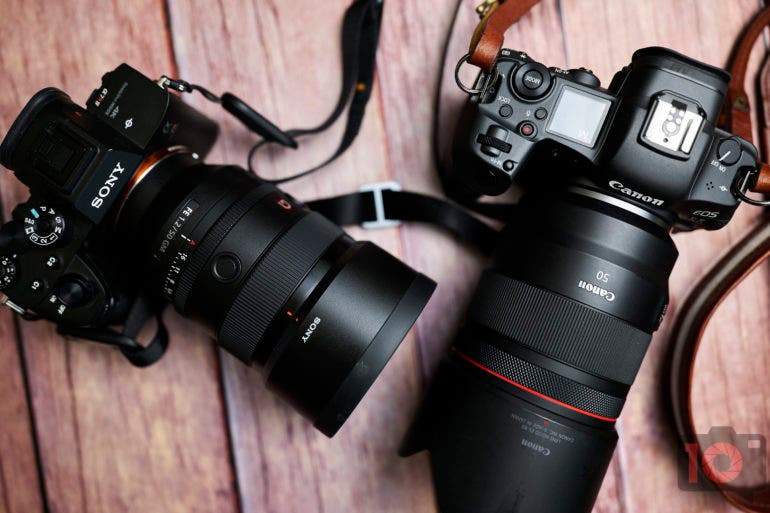
Both of these lenses are pretty easy to use. But for what it’s worth, it sort of varies.
Sony has a dedicated aperture ring control. You can set it to the A-mode and control that through the camera body. There’s also two custom function buttons. Either way, it gives you options.
Comparatively speaking, Canon also gives you options. On the Canon EOS R5 and EOS R6, you gain a fourth control dial. The programmable ring around the lens can be set to any variable you wish. With the Canon EOS R and the Canon EOS RP, you’re best off setting this to the aperture mode. So again, it varies per camera that you’re using.
Autofocus
To get the fairest test, we pit the Canon EOS R5 against the Sony a7r III. Before I got the units in, Sony said that the a7r III wouldn’t do so well when autofocusing. But in real life tests, it outperformed the Sony a7r IV. Either way, the point is that the Sony a7r IV’s autofocus performance is confusing. And that’s why we used the a7r III.
In an informal comparative studio test, Canon narrowly won out over Sony. Sony was set to AF-C and wide tracking mode with human face detection. It nailed the focusing every time. Canon was set to servo AF with Human face/eye detection on. Again, it nailed it. Our model was shot with a Profoto B10 and a 6 foot Westcott umbrella.
We’ve found similar to be the case in other tests we’ve done here on the site. And so Canon’s autofocus is starting to show an edge.
Image Quality
We’ll let you draw your own conclusions here. But personally speaking, I like the Canon render more than the Sony render. I’ve also been a long time owner of the Canon RF 50mm f1.2 L USM. These images are RAWs straight out of the camera and converted to JPEG.
Sony






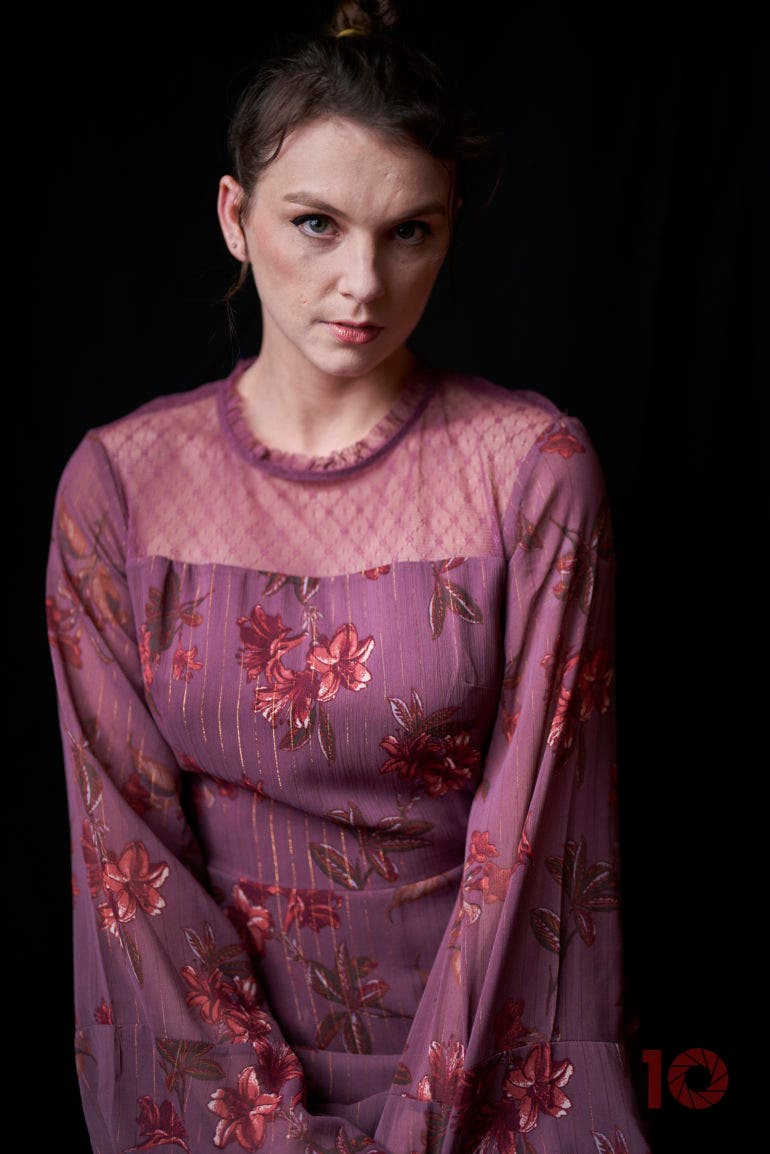
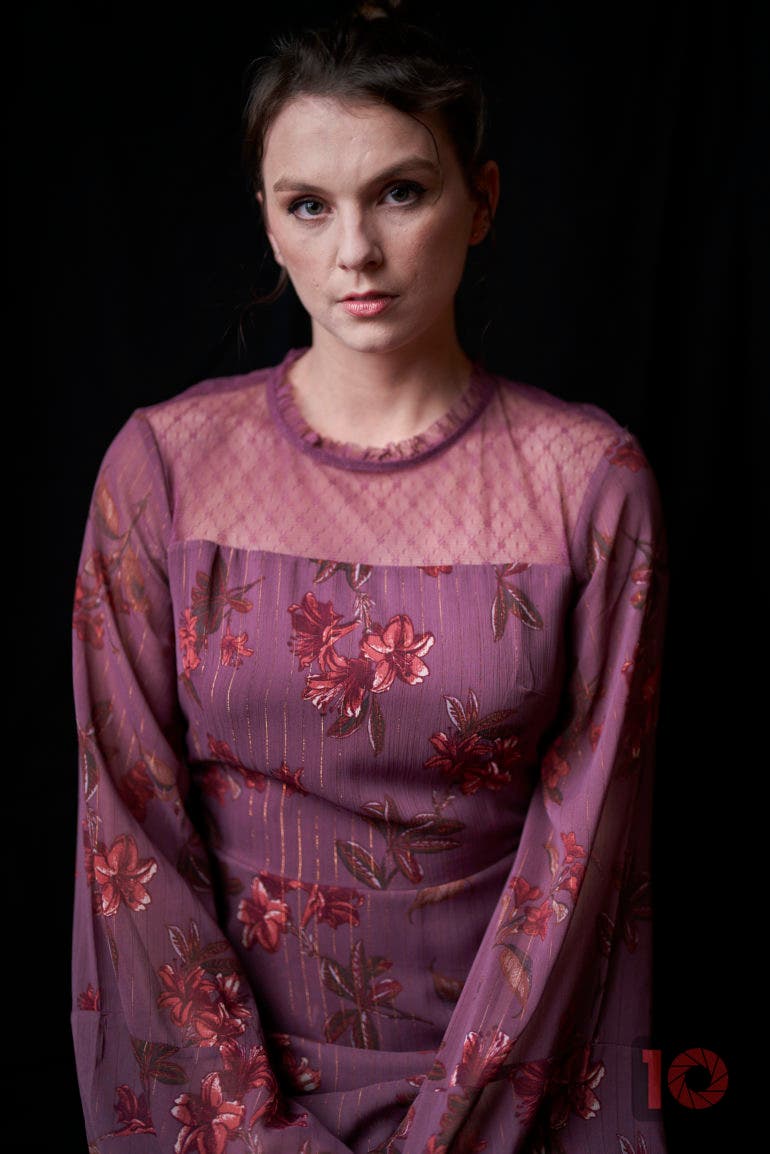
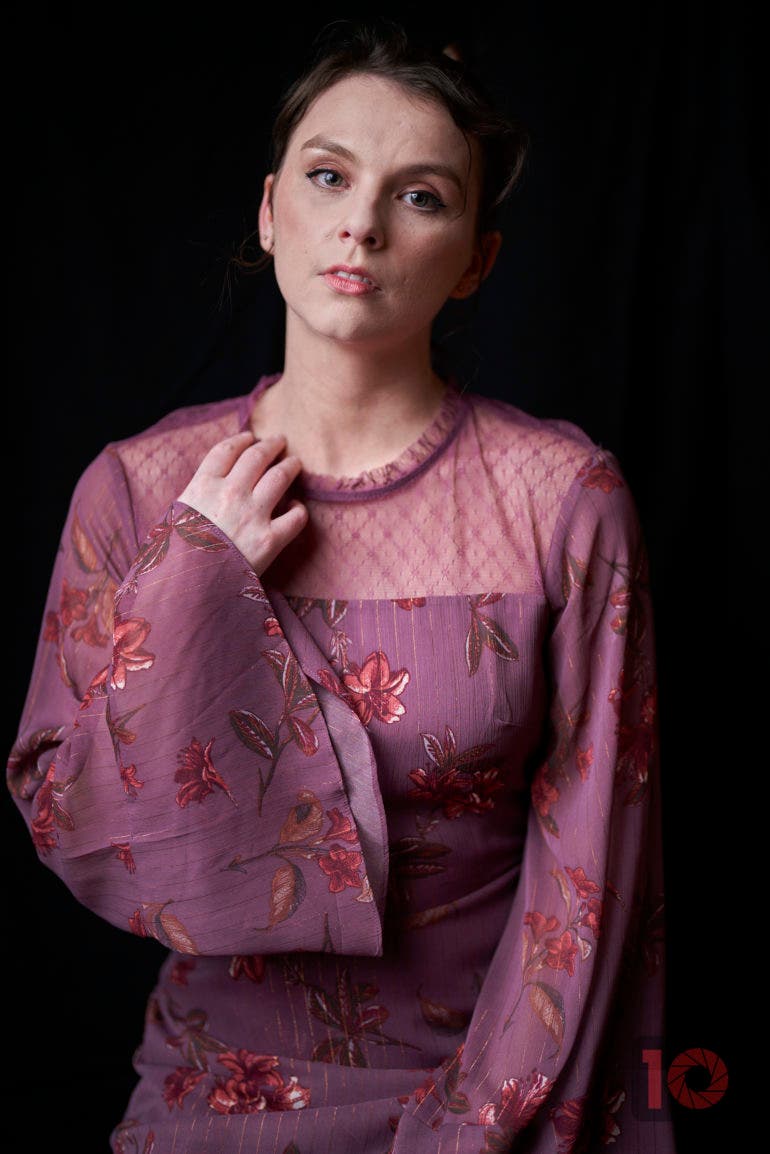
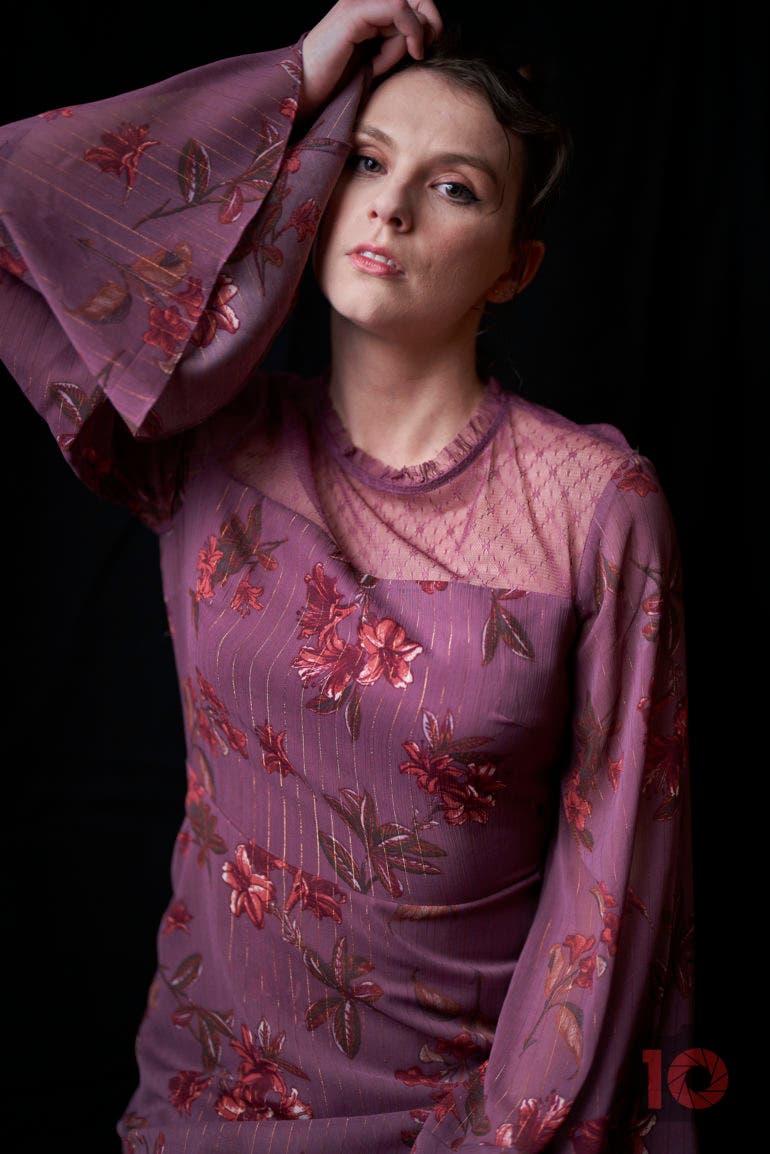


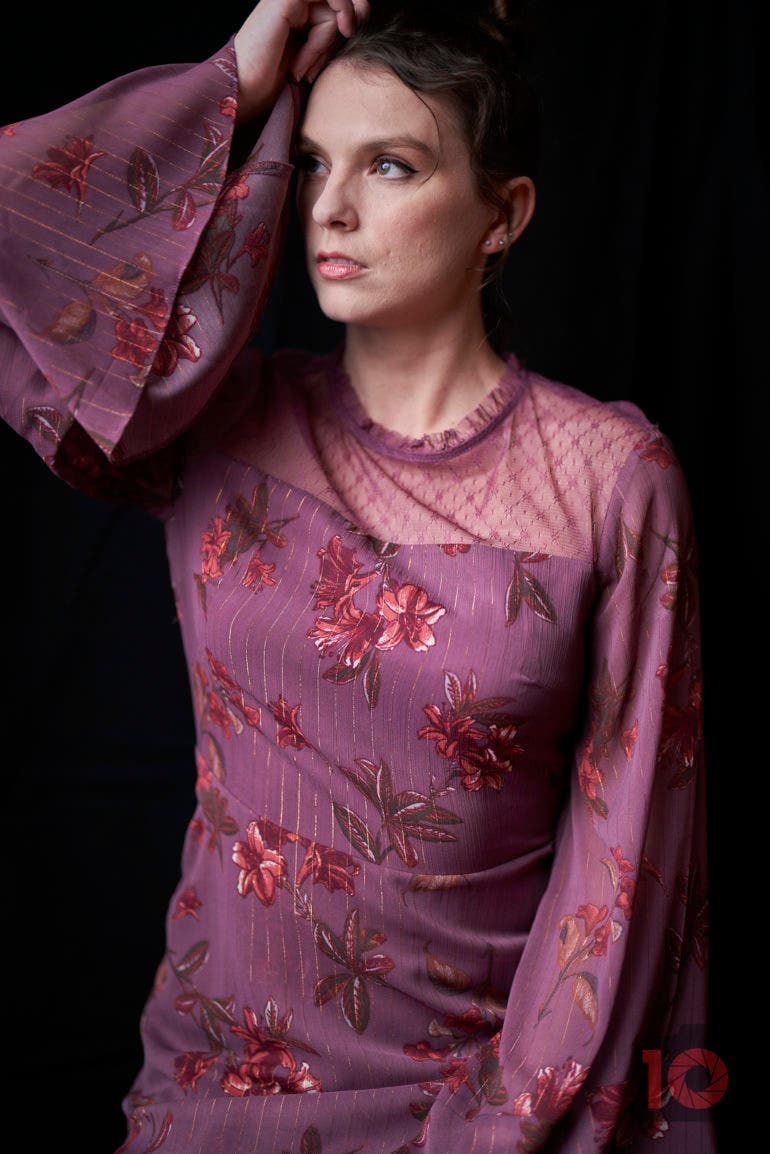
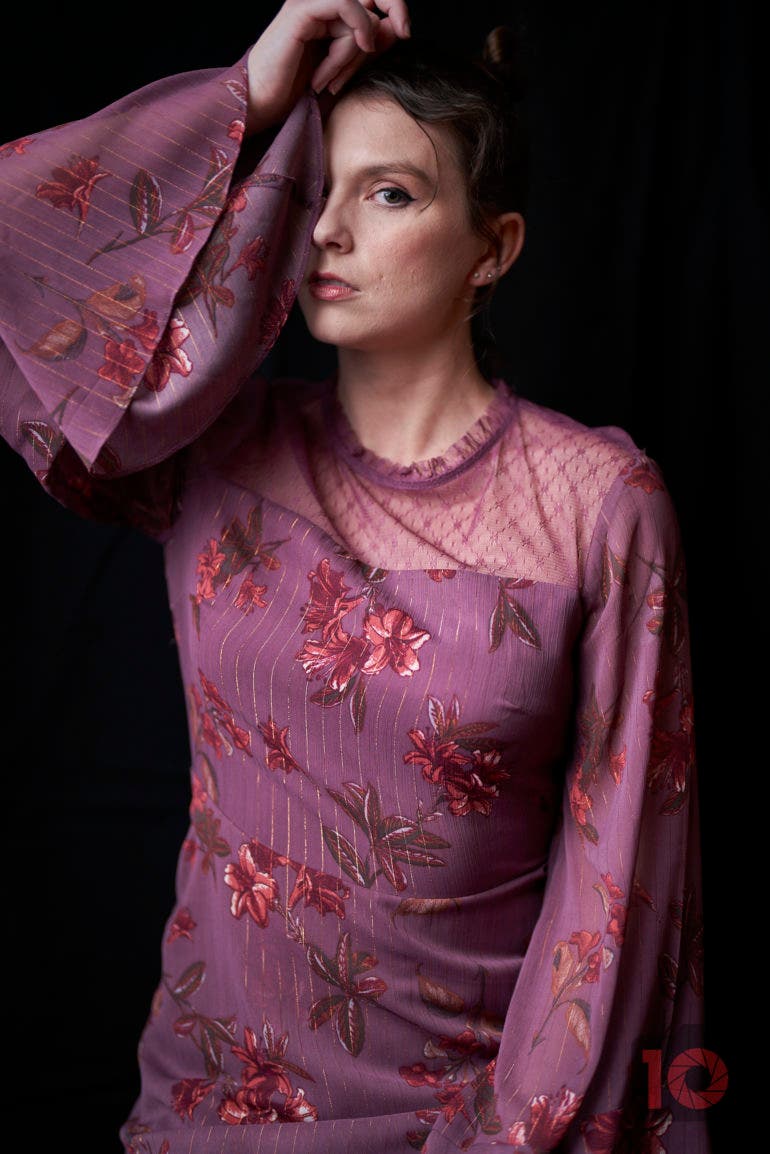
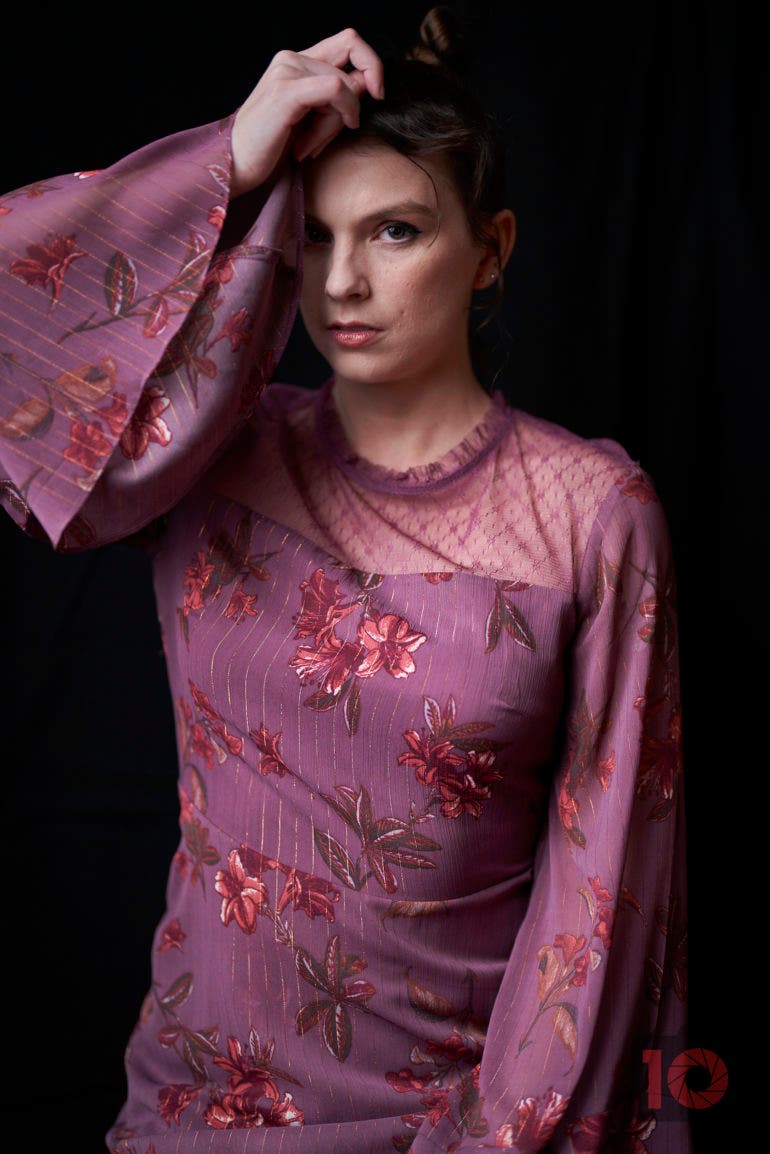

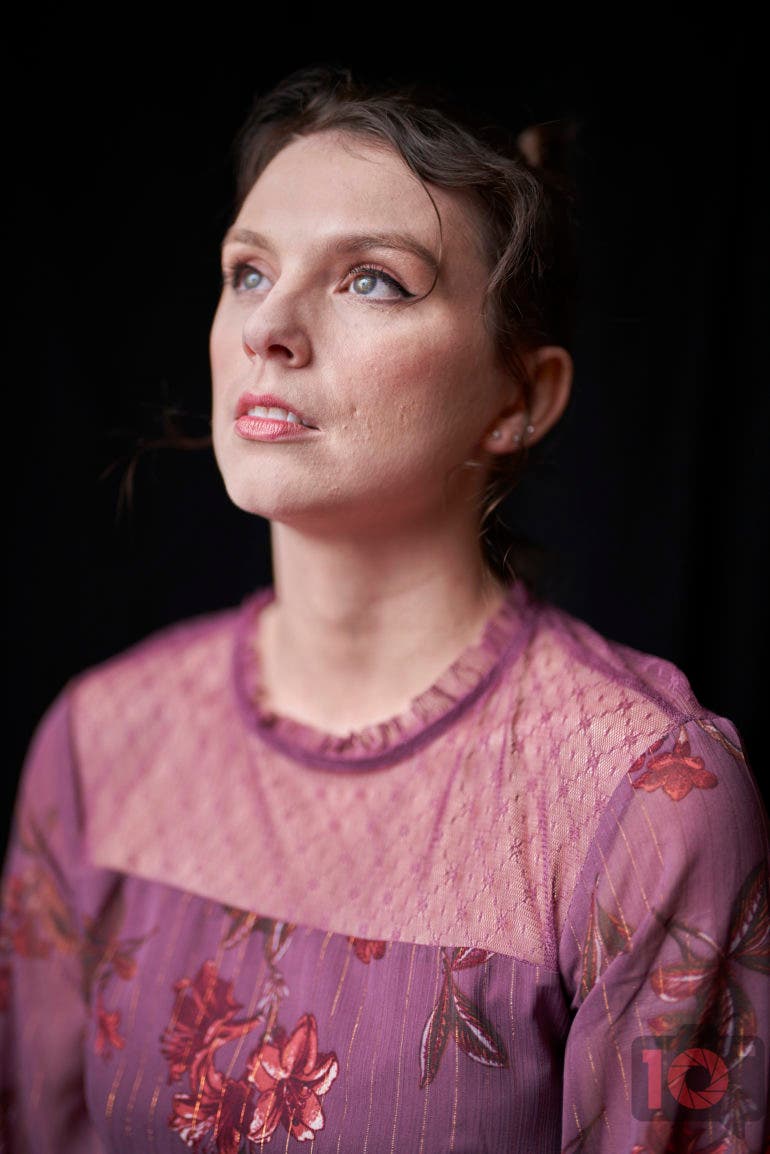
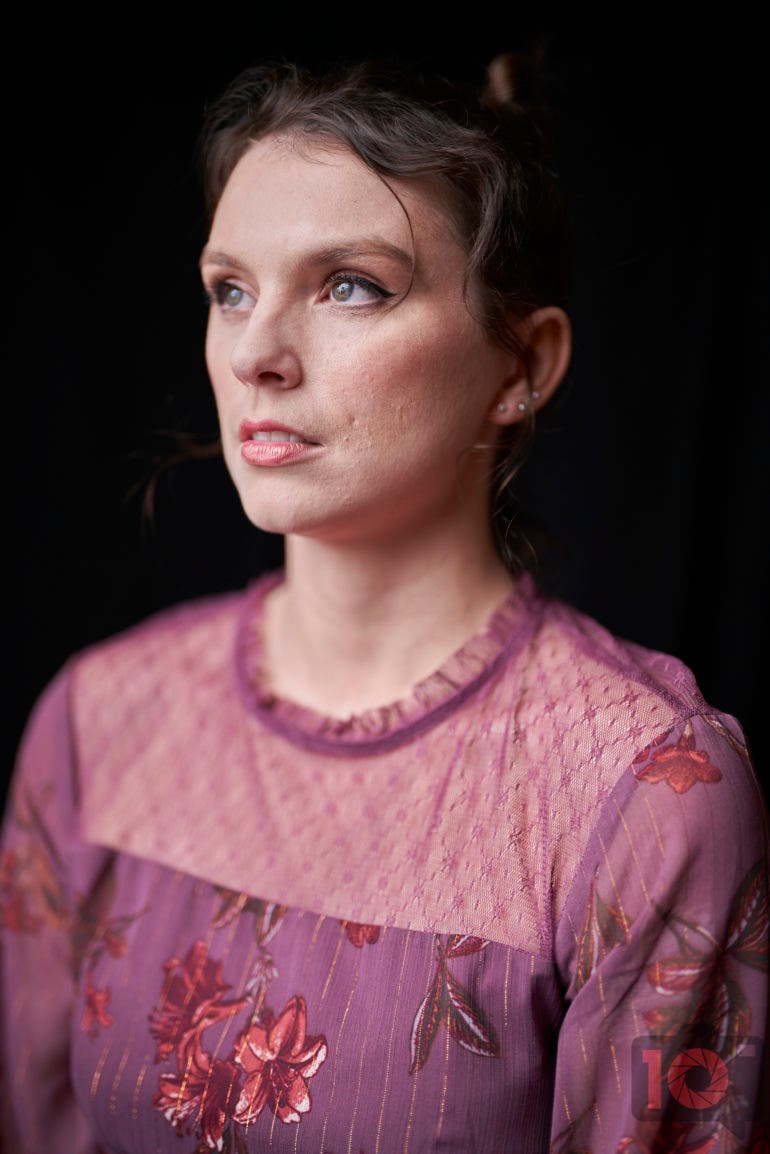


Canon
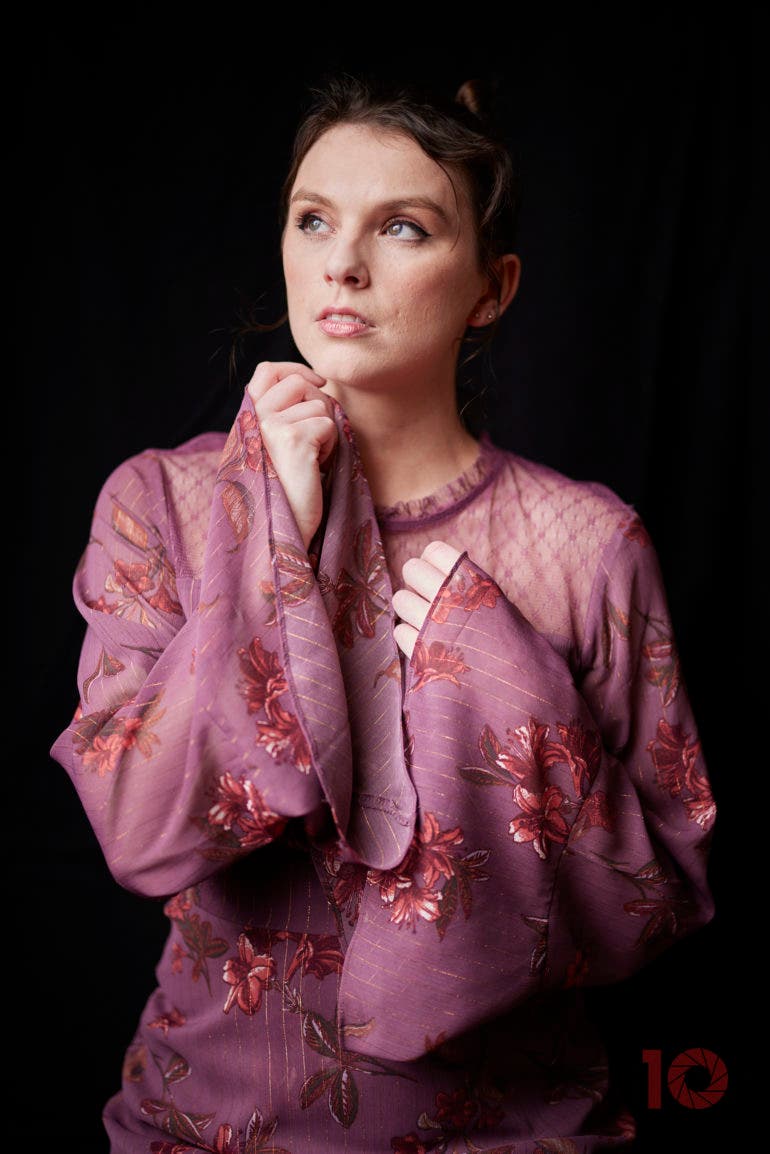

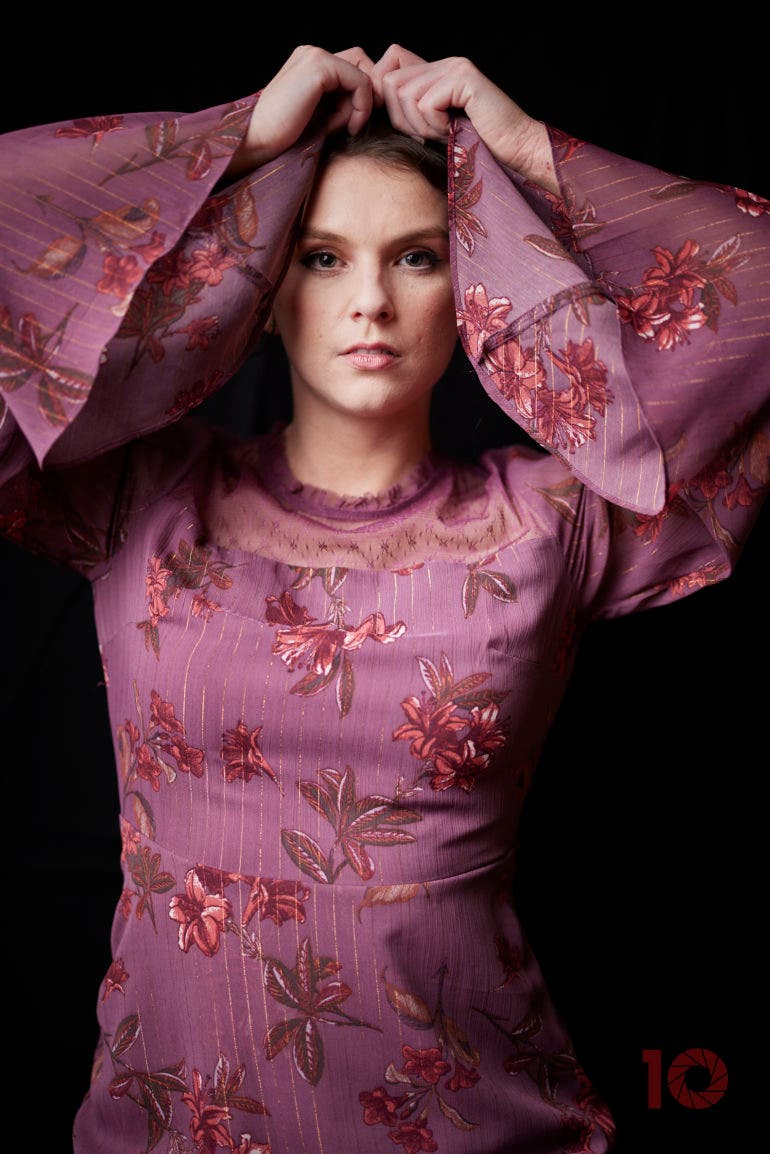
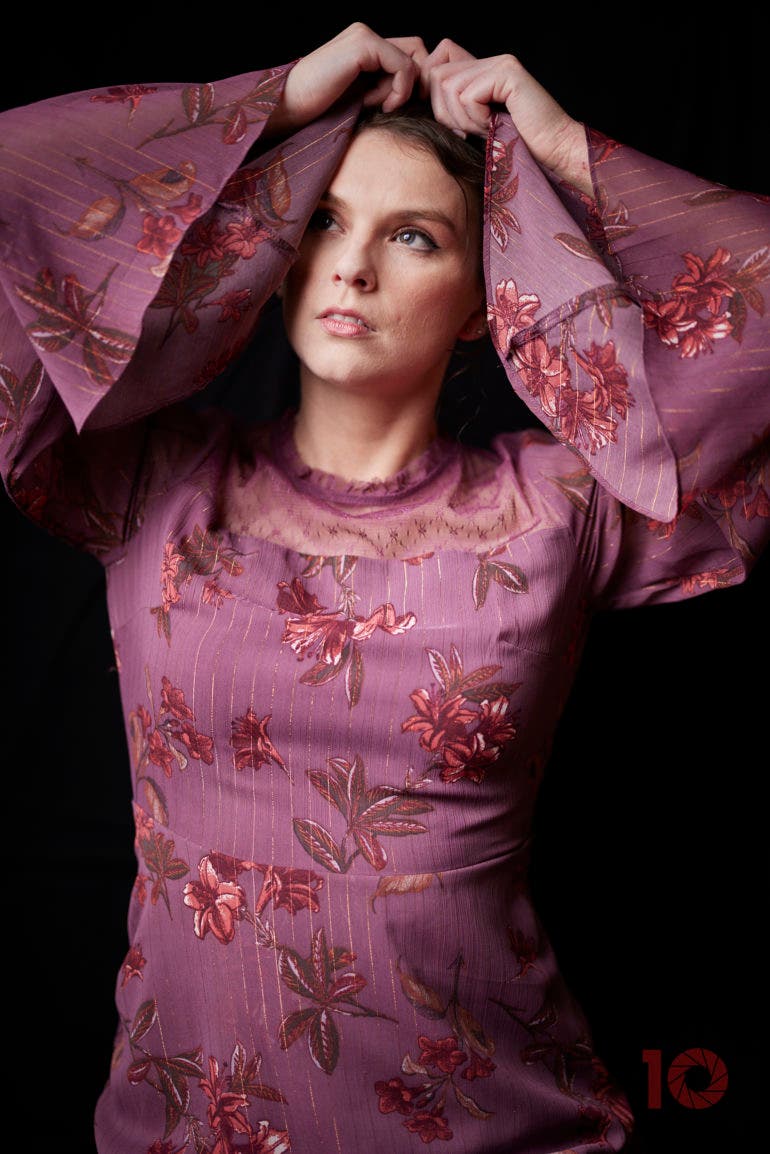

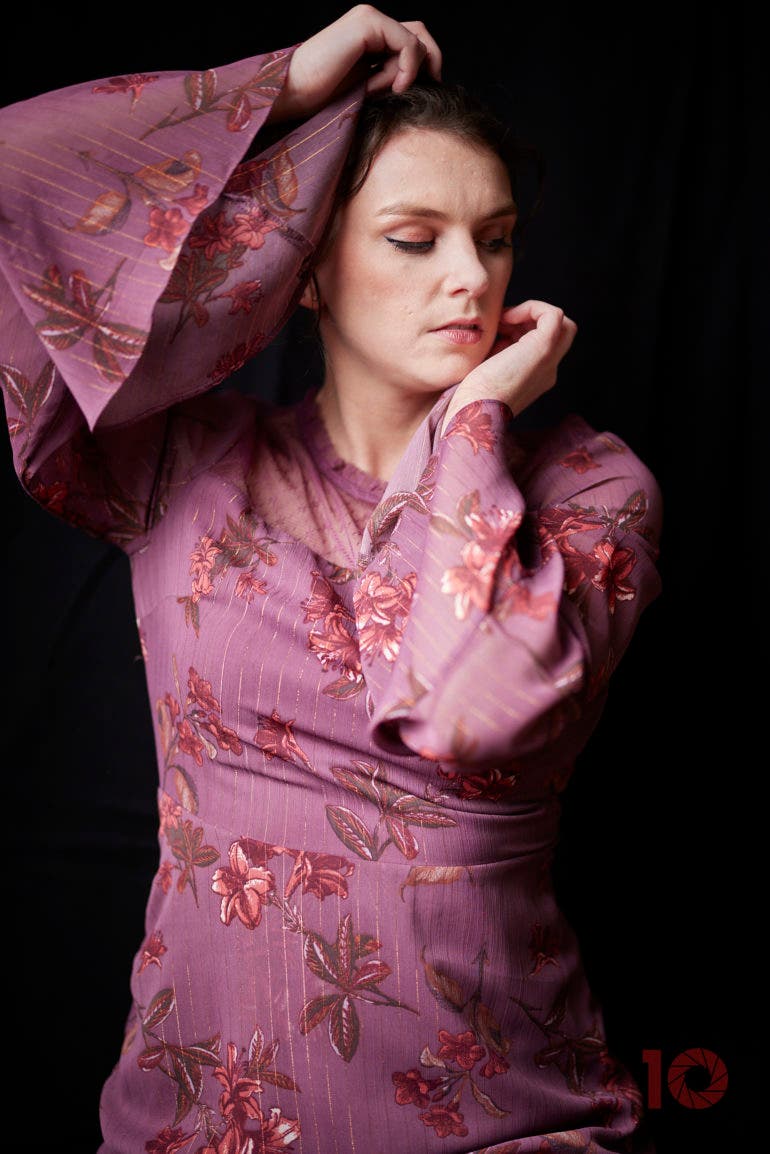



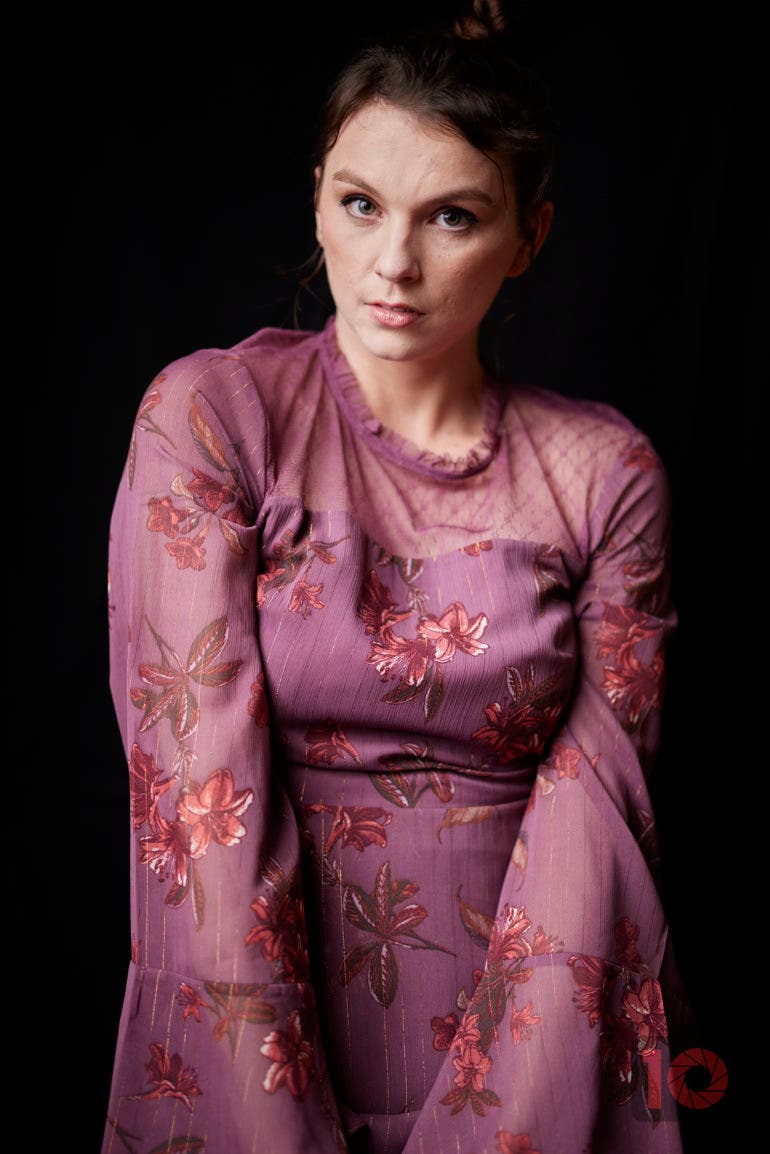
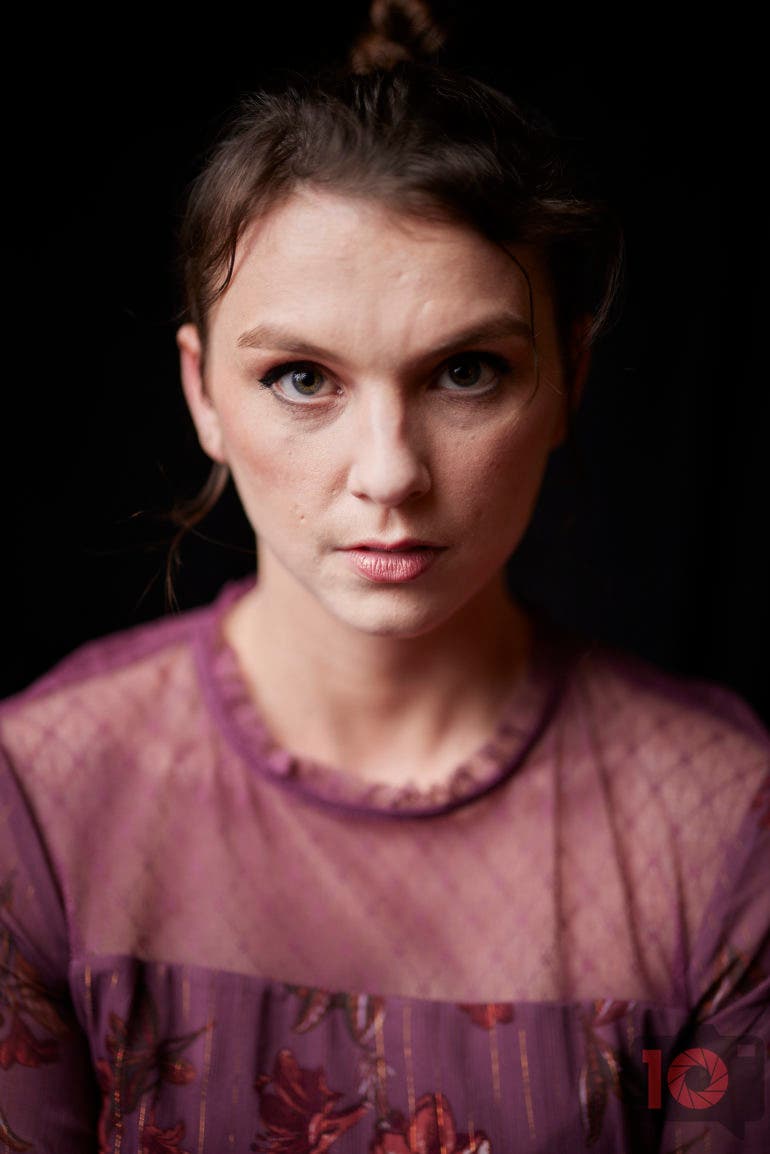
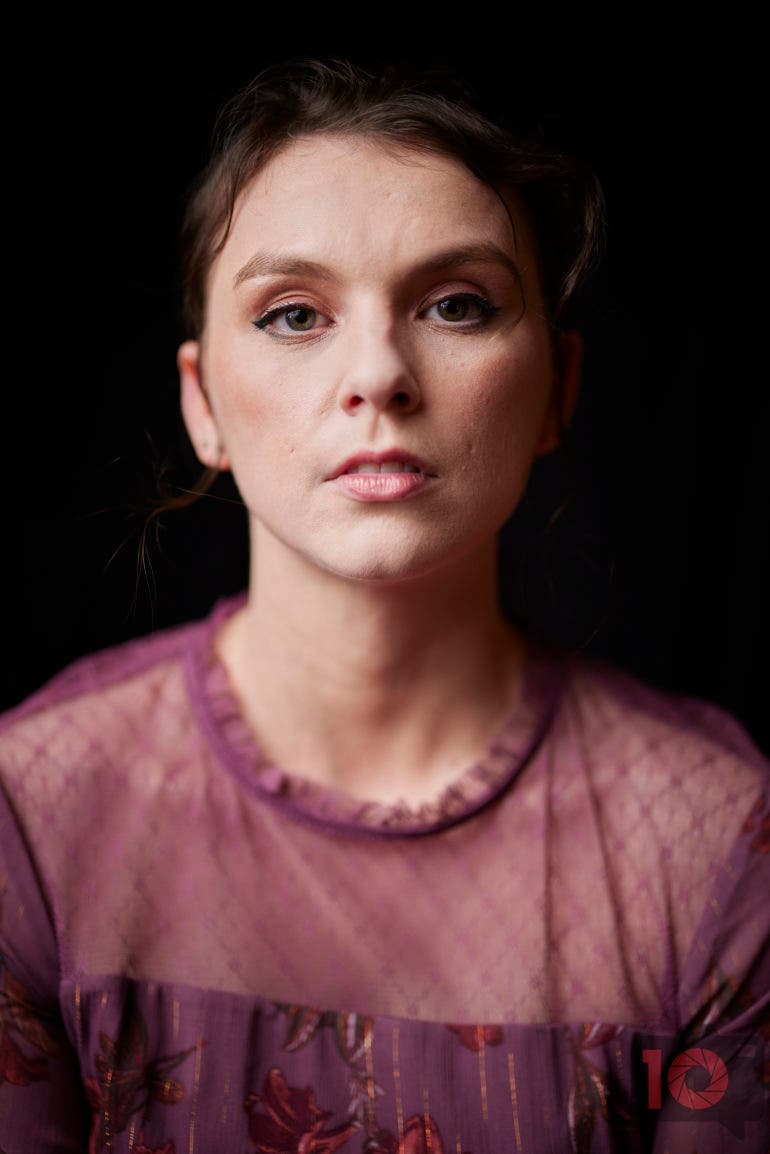
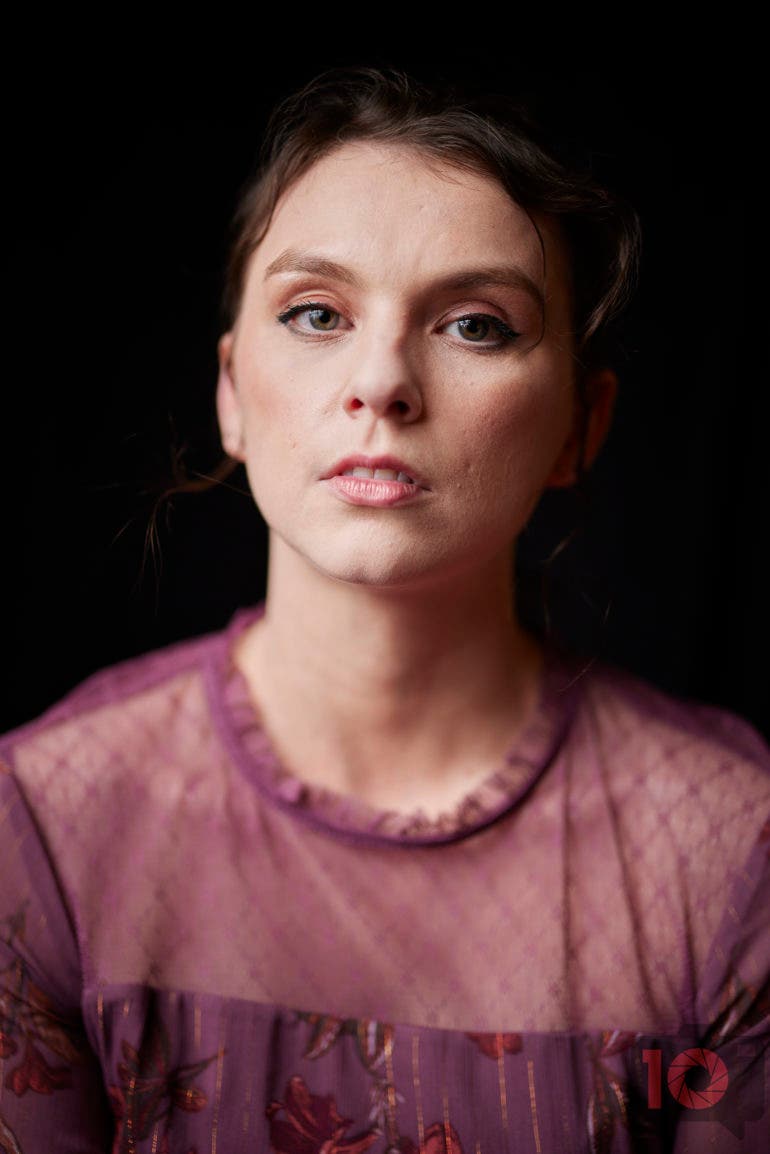

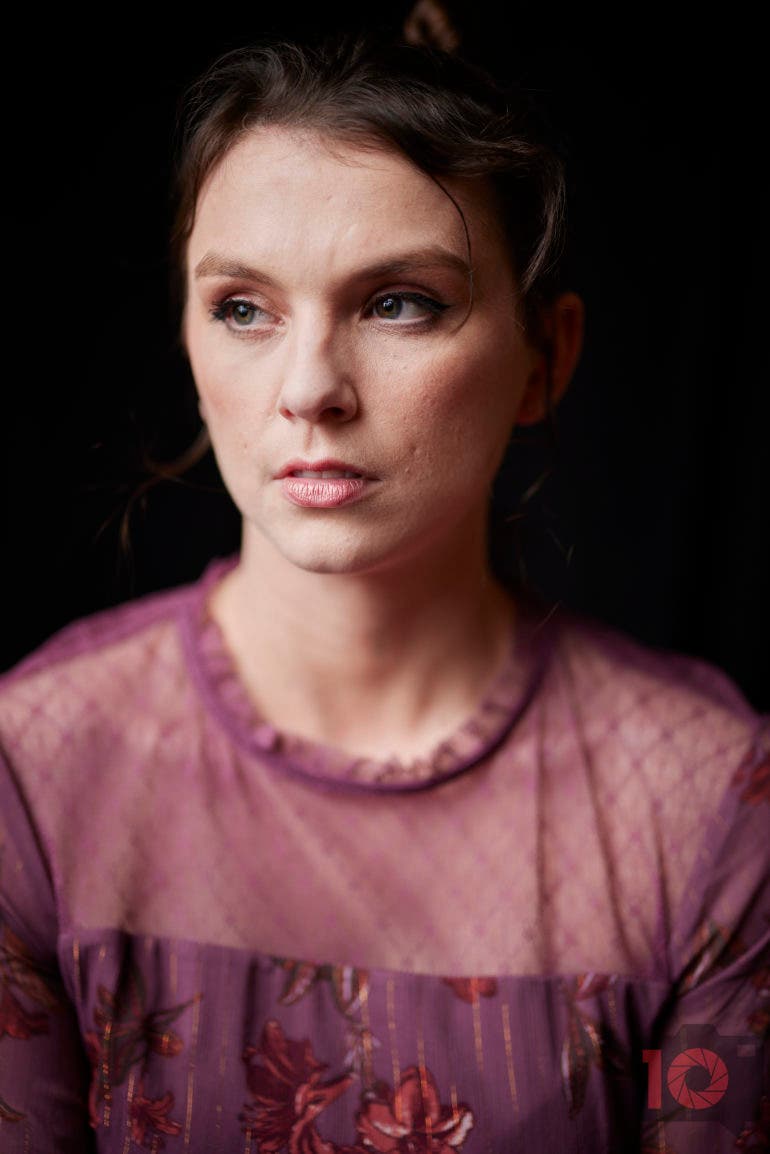

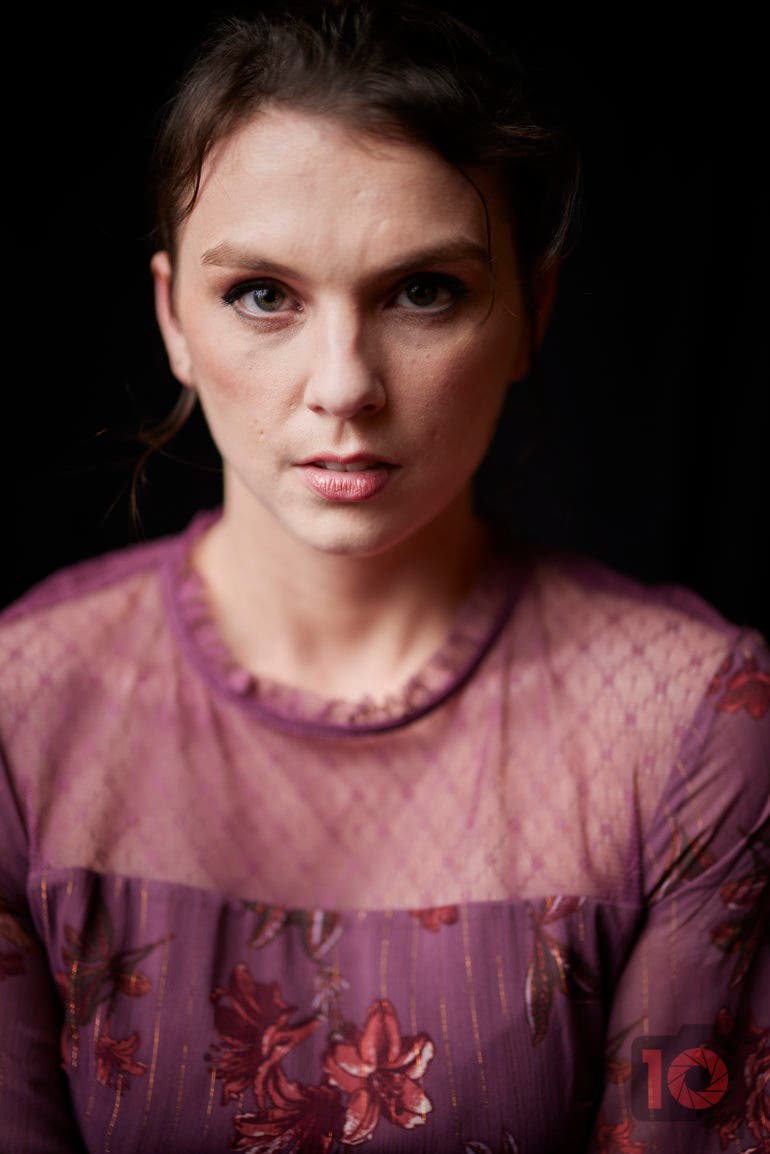

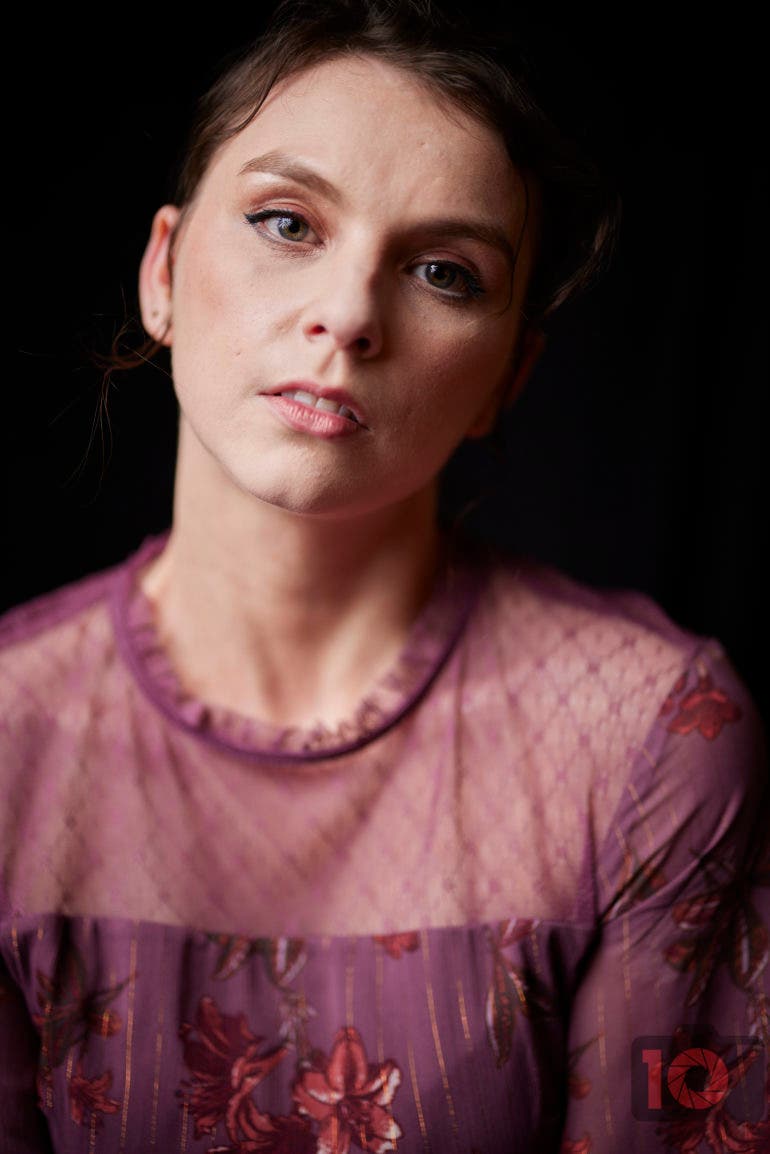




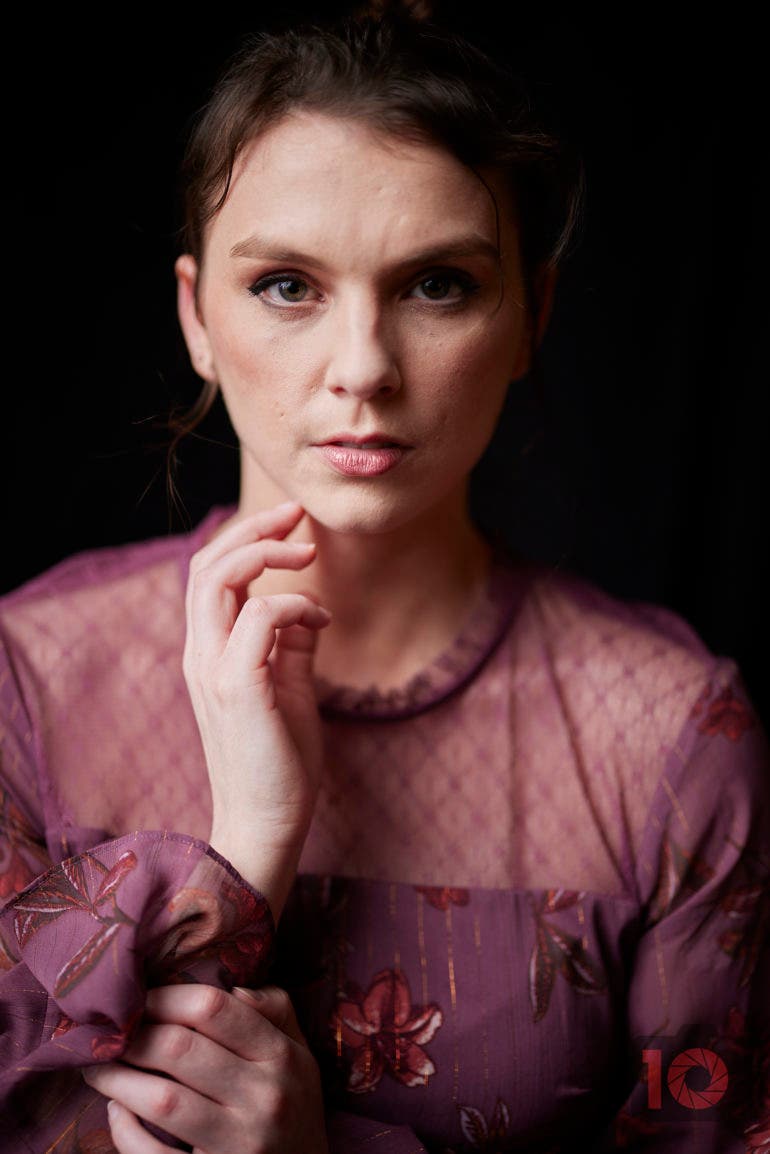




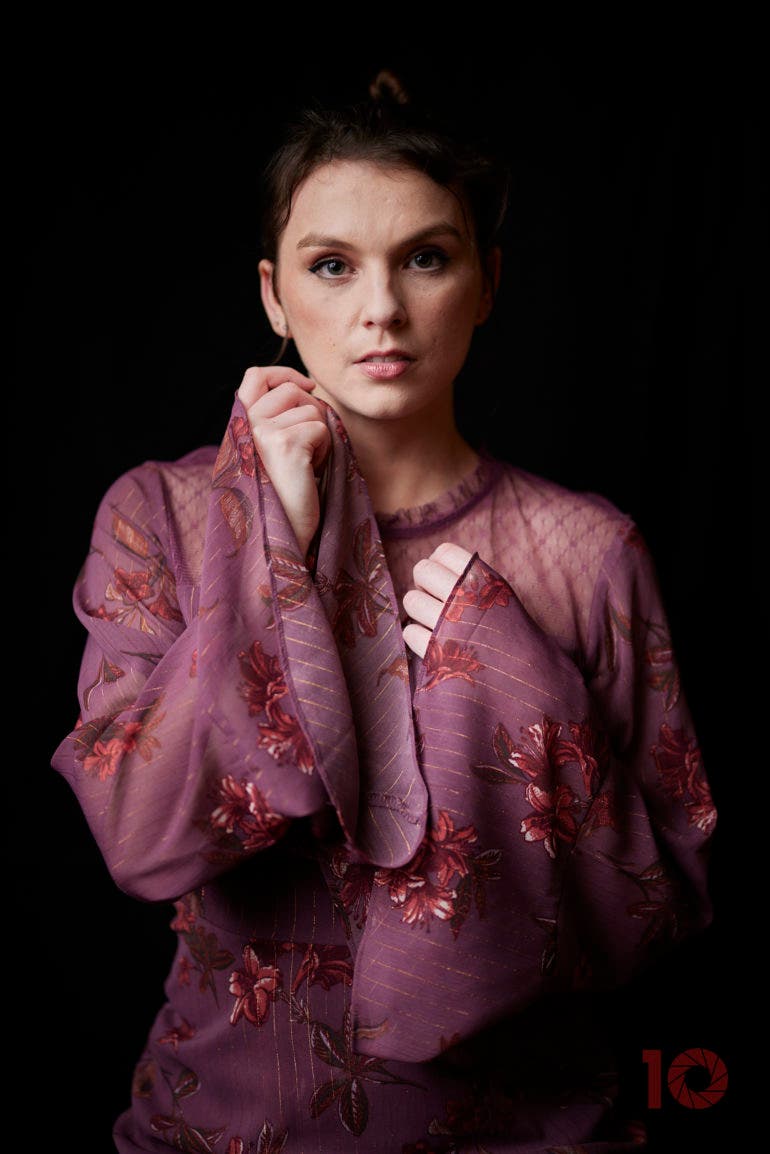
Findings
Here’s a quick summary of our findings:
- Sony is slightly longer and thinner
- Canon is slightly shorter and chunkier
- They both can be easy or complicated to use
- Canon narrowly outpaces Sony
- Canon has a nicer render where you need to do less post-production
- They’re both very good.